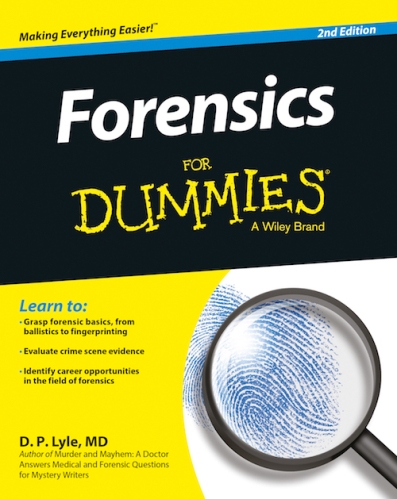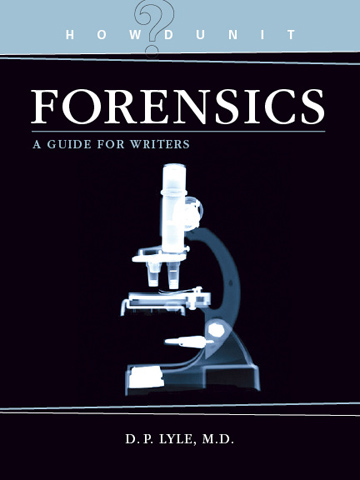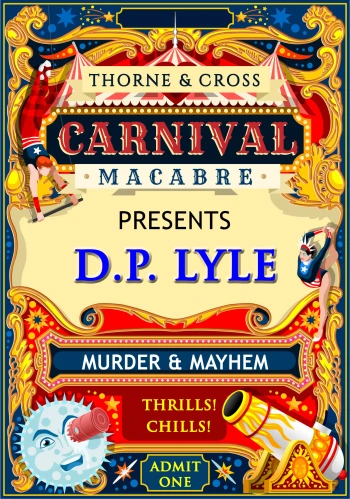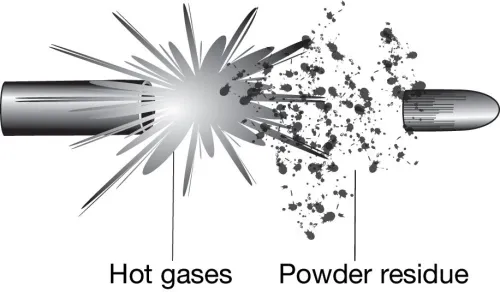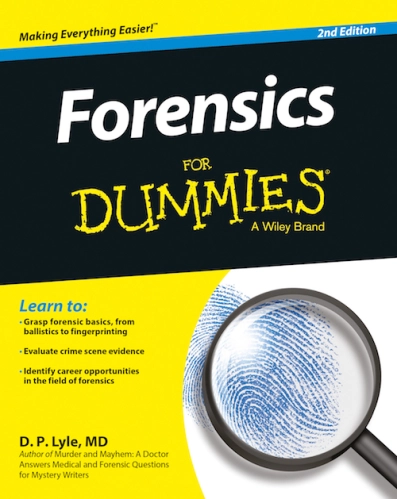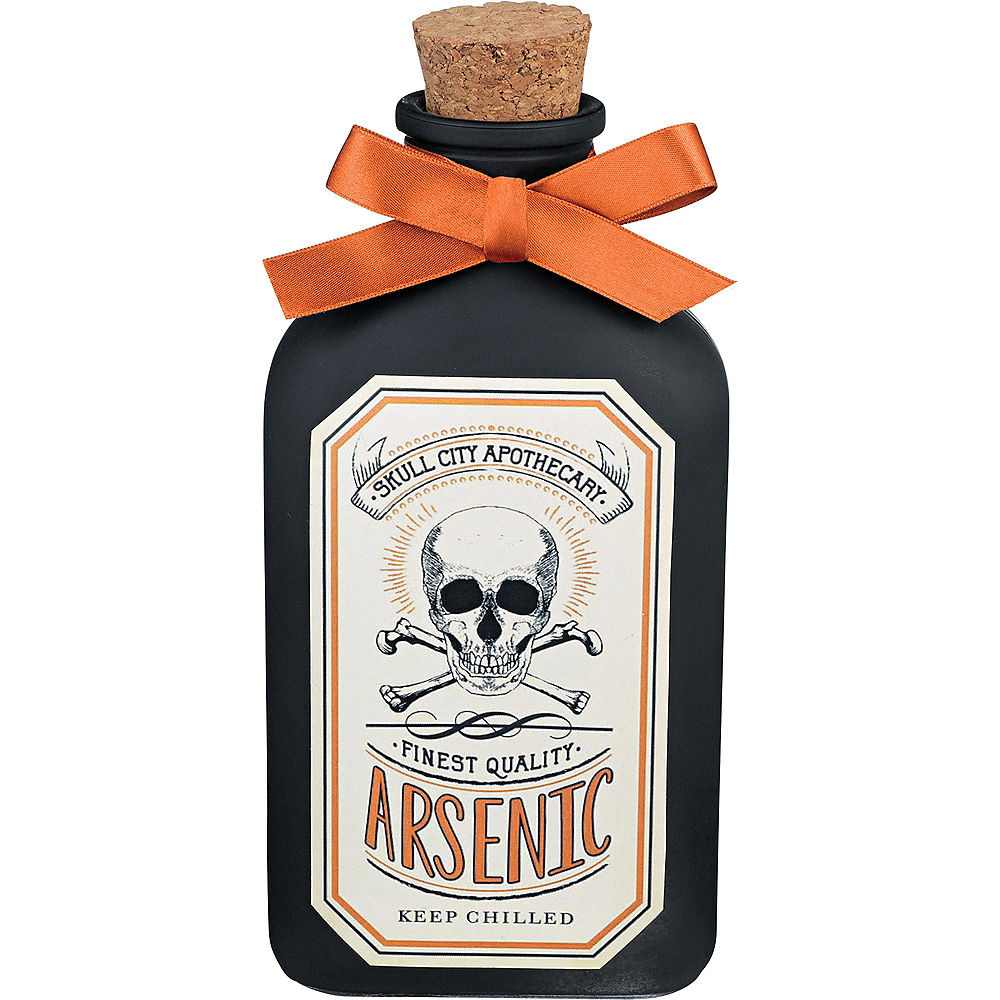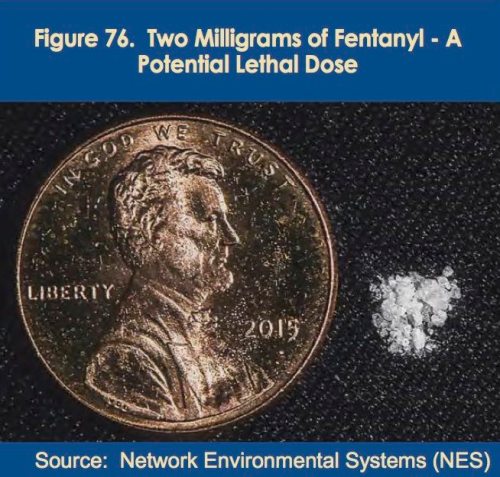
Episode #10: Rattlesnakes and Murder Podcast: https://soundcloud.com/authorsontheair/criminal-mischief-episode-10-rattlesnakes-and-murder
Past Criminal Mischief Podcasts: http://www.dplylemd.com/criminal-mischief.html
SHOW NOTES
“Good fences make good neighbors”—Robert Frost, “Mending Wall”
I suspect Ryan Felton Sauter’s neighbor, Keith Monroe, would agree.
People commit murder for a host of reasons. Things like financial gain, revenge, lust, anger, to cover another crime, and many other motives. It seems that these motives can even include a dispute with the dude who parked his RV next to yours.
All sorts of weapons are used for committing murder. Guns, knives, poisons, explosives, ligatures, drownings, and gentle pushes off buildings or cliffs. Oh, don’t forget rattlesnakes. This seems to be what Mr. Sauter decided to employ. Simply slipping the reptile into his neighbors RV might not work since rattlesnakes make that buzzing noise to warn people away. So, wouldn’t it be best to simply remove the rattle. And I guess the best way for that is to bite it off.
You simply can’t make this stuff up.
But snakebites are not always the result of some criminal activity. In fact, they rarely are. Most snakebites occur accidentally. Hunters and hikers know this all too well. As a kid growing up in Alabama, and stomping around in the woods on a daily basis, I knew snakes well. I knew which ones to avoid and which ones were harmless. A black racer was scary and fast, but harmless. Stumble on a rattlesnake or a copperhead and that’s a different story. And until you’ve seen a water moccasin, or as we call them cottonmouth, you haven’t seen an evil looking serpent. These guys are thick, dark, and prehistoric looking. And very dangerous. Yes, they can bite you in the water. So before you jump into that swimming hole deep in the woods, you better make some noise and shake up the water runoff any cottonmouth might be around.
But other people are bitten while they are handling snakes. I don’t mean just biologist or herpetologist, those that study these creatures, but also those who use them in religious ceremonies. You might think that snake handling is a thing of the past and something that is only found in the South, but that’s not true. There are still several snake handling churches from coast-to-coast. Even though in many locations snake owning and handling is not legal, the laws get shaky when it’s under the guise of religion.

Their justifications come from Mark 16:17-18
“And these signs shall follow them that believe; In my name shall they cast out devils; they shall speak with new tongues; They shall take up serpents; and if they drink any deadly thing, it shall not hurt them; they shall lay hands on the sick, and they shall recover.”
Snake handling in churches is often traced back to 1910 when George Went Hensley began incorporating them into his services at his Church of God with Signs Following. Many others have followed in his footsteps. And many have been bitten such as John Wayne “Punkin” Brown and Jamie Coots, whose son Cody was also bitten while preaching but saved when friends defied the church dictates and got him medical treatment.
For the most part, medical treatment is not offered in the circumstances because it is felt that it’s up to the Lord whether the preacher survives or not. After all, it is religion and the Lord can save you then what’s the point? Not to mention, that many of these groups feel that sipping strychnine is also good for you and will prevent you from dying if you are bitten by a snake. Yeah, that makes good medical sense. Add another poison to the poison authority in your system.
I use much of this in my third Samantha Cody book, Original Sin. One of the bad guys in this story is a snake-handling preacher. During my research for this book, I stumbled across a wonderful book titled Salvation on Sand Mountain. Sand Mountain is maybe 30 or 40 miles from where I grew up so obviously the title intrigued me. Once I got the book and began reading it I discovered it was wonderfully written and then discovered that it was nominated for a National Book Award. It is written by Dennis Covington and is the story of Glenn Summerford, a snake-handling preacher who attempted to kill his wife with a snake.

From ORIGINAL SIN:
“I knew you’d come back to us,” John Scully said as Lucy and Sam walked into the church. He and Miriam were standing near the pulpit.
“Back?” Lucy said.
“Back to the church.”
“That implies I was ever here.”
“You were,” Miriam said. “From the moment you breathed your first breath.”
“You’re not making sense.”
Scully smiled. “You have always been a part of us. Martha and your parents saw to that.”
Lucy glanced toward Sam. “Am I missing something here?”
“Doesn’t make sense to me either,” Sam said.
“You were baptized into the church when you were only days old.”
“No offense, but I don’t remember that. And no one ever bothered to tell me.”
“But deep inside you know it’s true,” Scully said.
“I don’t think so.”
Felicia walked in, carrying a wooden box. She placed it on a table to Scully’s left. The unmistakable buzzing of snakes rose from the box. Scully raised the lid and casually removed a fat rattlesnake. Its buzzing now adopted an angry tone.
Lucy and Sam each took a step back.
“I don’t think that’s a good idea,” Sam said.
“Don’t worry. I’m immune to the poison.”
“I’m more worried about me and Lucy,” Sam said.
“He’s been bitten a dozen times,” Miriam said. “His faith protects him.”
“That and a little strychnine,” Scully said.
“Strychnine?” Lucy asked. Her attention never drifted from the snake that now waved its head around as if looking for a suitable target. She felt perspiration gather along her back as her heart rate clicked up a notch. God, she hated snakes.
“A little sip neutralizes the poison,” Miriam said.
“I must have missed that day in med school,” Lucy said.
Miriam offered a maternal smile. “Can’t learn everything from man’s books. Only from the word of the Lord.”
The snake coiled around Scully’s arm, head raised. Lucy felt as if it was watching her. She took another half step back, Actually, she wanted to run out the door, but fought the impulse.
“Why snakes?” Sam asked. “What do they have to do with Jesus?”
Lucy knew Sam was playing cop now. Ty and Bump had told them about Scully’s insane beliefs. And Sam had told her that Gladys Johnston had said the same thing. Sam was merely asking questions she already knew the answer to. Seeing if Scully changed his story in any way.
Now it was Scully’s turn to offer a paternal smile. It faded and his gaze seemed to glaze over. He spoke.
And he said unto them, Go ye into all the world, and preach the gospel to every creature.
He that believeth and is baptized shall be saved; but he that believeth not shall be damned.
And these signs shall follow them that believe; In my name shall they cast out devils; they shall speak with new tongues;
They shall take up serpents; and if they drink any deadly thing, it shall not hurt them; they shall lay hands on the sick, and they shall recover.
So then after the Lord had spoken unto them, he was received up into heaven, and sat on the right hand of God.
And they went forth, and preached everywhere, the Lord working with them, and confirming the word with signs following. Amen.
The quote Sam had shown her. The one Scully had written on the back of a menu.
“Mark Sixteen,” Felicia said.
“I’m afraid I don’t understand,” Sam said. “This is the scripture that tells you to play with snakes?”
Scully gaze hardened. “It’s not play. But you wouldn’t understand.”
LINKS:
https://www.mystatesman.com/news/local/police-caldwell-county-man-uses-rattlesnake-neighbor-dispute/NUFO8d5JNM4ggWDdliKS2I/
Snake Handling In Religion Wikipedia: https://en.wikipedia.org/wiki/Snake_handling_in_religion
Snake Handling Churches: http://www.cerm.info/bible_studies/Apologetics/snake_handlers.htm
Church of God With Signs Following: https://en.wikipedia.org/wiki/Church_of_God_with_Signs_Following
George Went Hensley—the First Snake Handler?: https://en.wikipedia.org/wiki/George_Went_Hensley
Punkin Brown: http://www.hiddenmysteries.org/religion/pentecostal/snakeskill-fool.shtml
Jamie Coots Wikipedia: https://en.wikipedia.org/wiki/Jamie_Coots
Cost Coots: https://www.dailymail.co.uk/news/article-6070685/Snake-preacher-gets-bitten-four-years-father-killed-rattlesnake.html
Salvation on Sand Mountain: https://www.amazon.com/Salvation-Sand-Mountain-Snake-Handling-Redemption/dp/0140254587?_encoding=UTF8&redirect=true
Original Sin: http://www.dplylemd.com/book-details/original-sin.html




